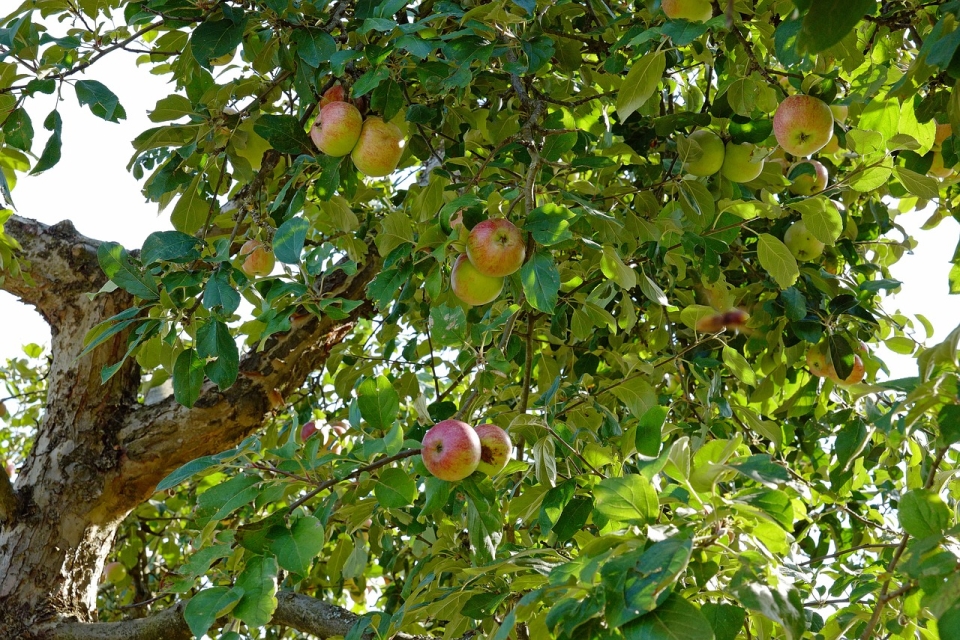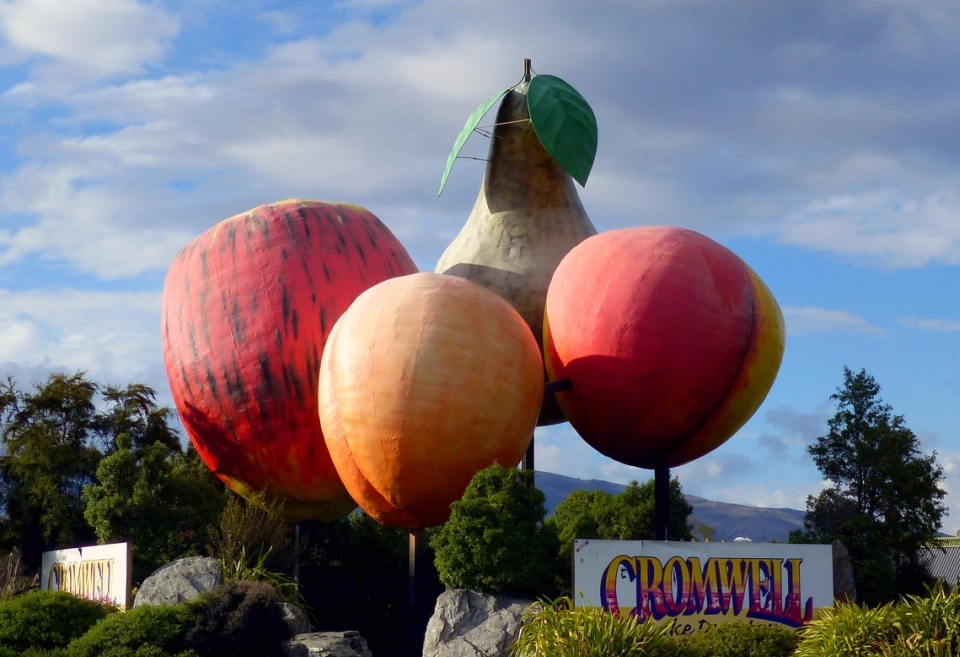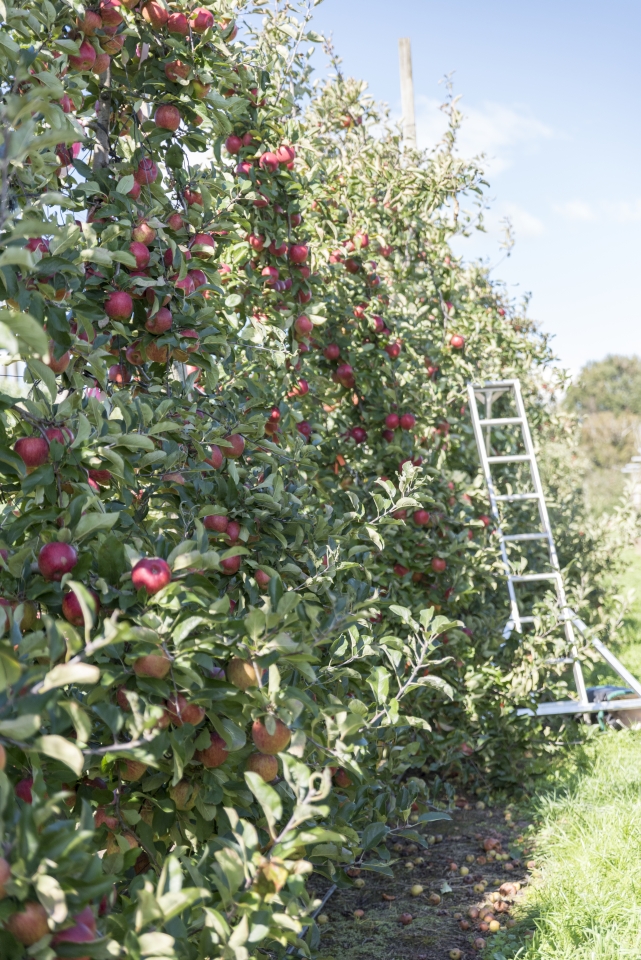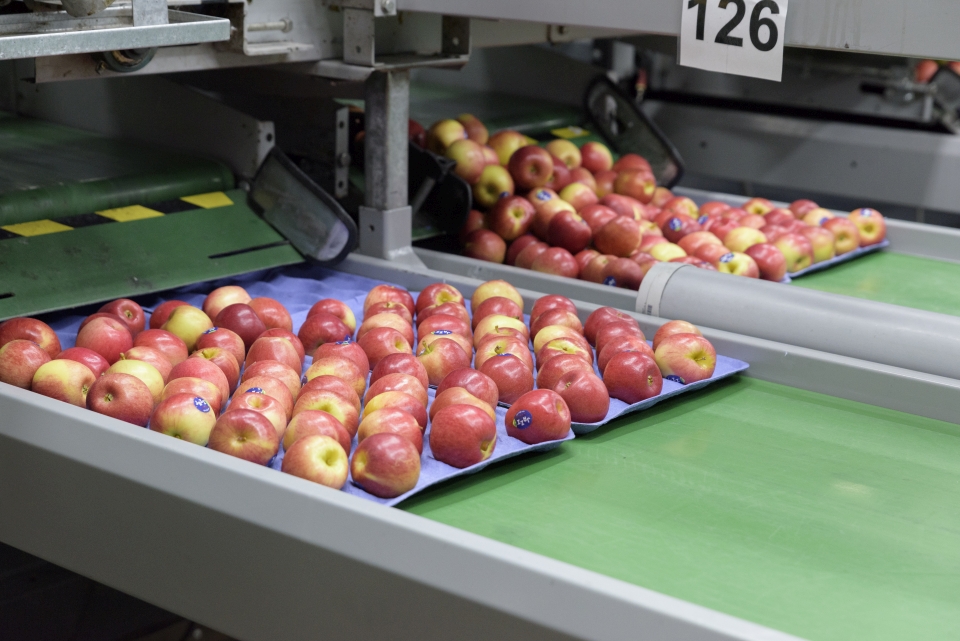Early days
Pipfruit have been grown in New Zealand since Europeans first came here. Samuel Marsden introduced the first apple trees in 1819.
Pipfruit growers first exported apples from Christchurch to Chile in 1888. Exports to the UK began in the 1890s.
The term ‘pipfruit’ refers to apples and pears, because of the small hard seeds (pips) inside the fruit.
New Zealand’s climate and soils make us one of the best countries in the world for growing apples. We have:
- cool winters (winter chilling)
- warm spring time
- good sunshine hours
- little rain so it is dry during the growing season.
Warm summers allow the fruit to ripen well. Dry summers mean the fruit isn’t as prone to disease as in other apple growing countries. Cold winters give the trees a dormant period which allows the trees to build up energy. This means more crisp apples grow.
New Zealand’s key apple growing regions are:
- Hawke’s Bay
- Nelson
- Central Otago.
These regions have the best climate for growing apples.
- The Hawke’s Bay has cold frosty winters and long hot summers.
- Nelson has high sunshine hours.
- Central Otago has crisp frosty mornings in winter and hot dry summers.
Water
While climate is important for good apple growing, water and soil are also important. New Zealand has enough water to irrigate orchards. In spring growers can also use sprinklers to fight frosts.
Soil
New Zealand also has good soils. Drainage in some areas has helped improve soils further. Apples grow best on well-drained soils. Orchards need fertile soils, as each crop takes up a lot of nutrients.
Biological Control 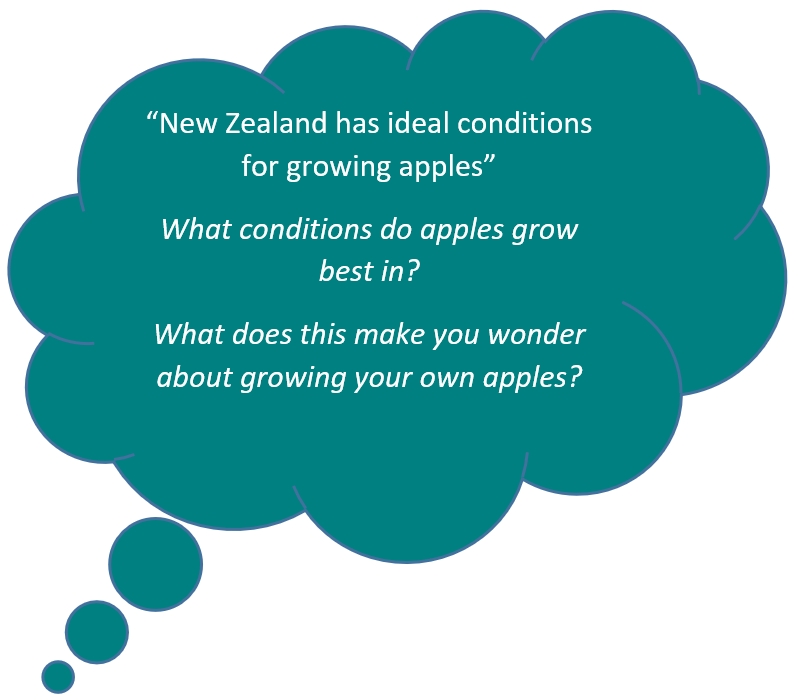
Biological control is the idea that a pest or weed can be controlled by its ‘natural enemy’. People have tried to introduce these natural enemies in the past. This has not always been successful.
By the 1880s huge groups of insect pests were affecting orchards and crops. Biological control was first tried against a scale insect. This insect was attacking citrus trees. One grower tried importing parasitic flies to control it, but they did not survive. But in 1888 a self-introduced Australian ladybird species arrived. This ladybird proved so effective at hunting down the pest that it has not been a problem since.
In 1921 a parasitic wasp was introduced to control woolly apple aphid, a pest of apple trees. Today this wasp is the main control method for this aphid. Scientists have worked on many methods to control pests.
You will find out more about these methods during the field trip.
Ready for a quiz? Try "The New Zealand Apple Industry" interactive activity.

